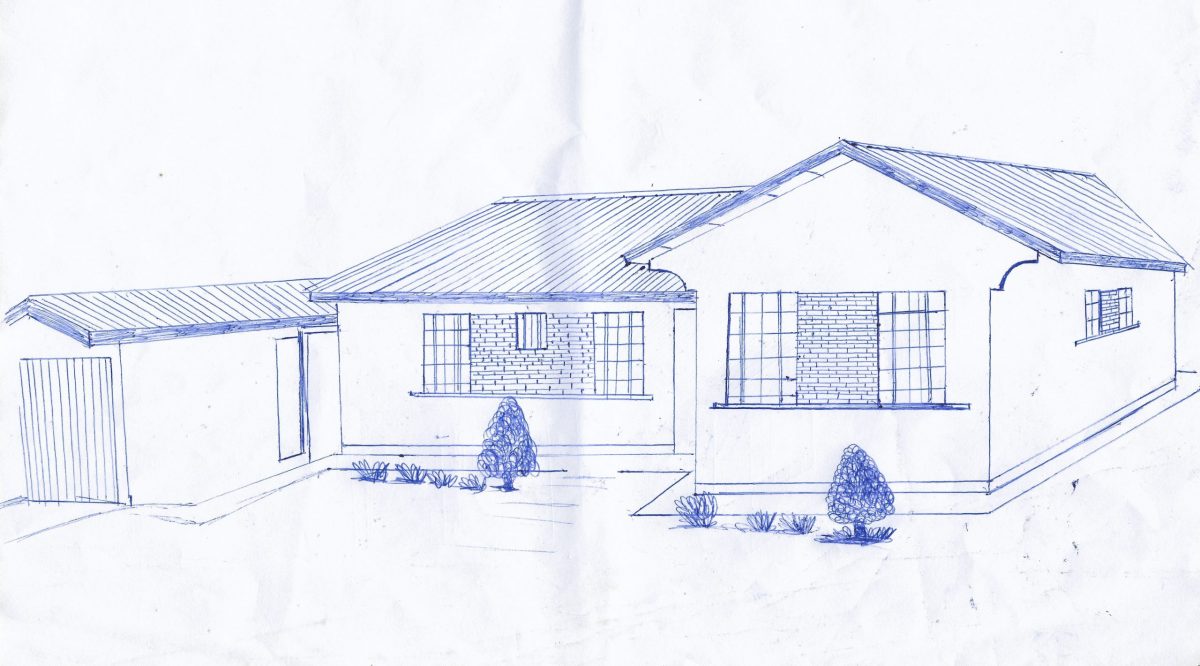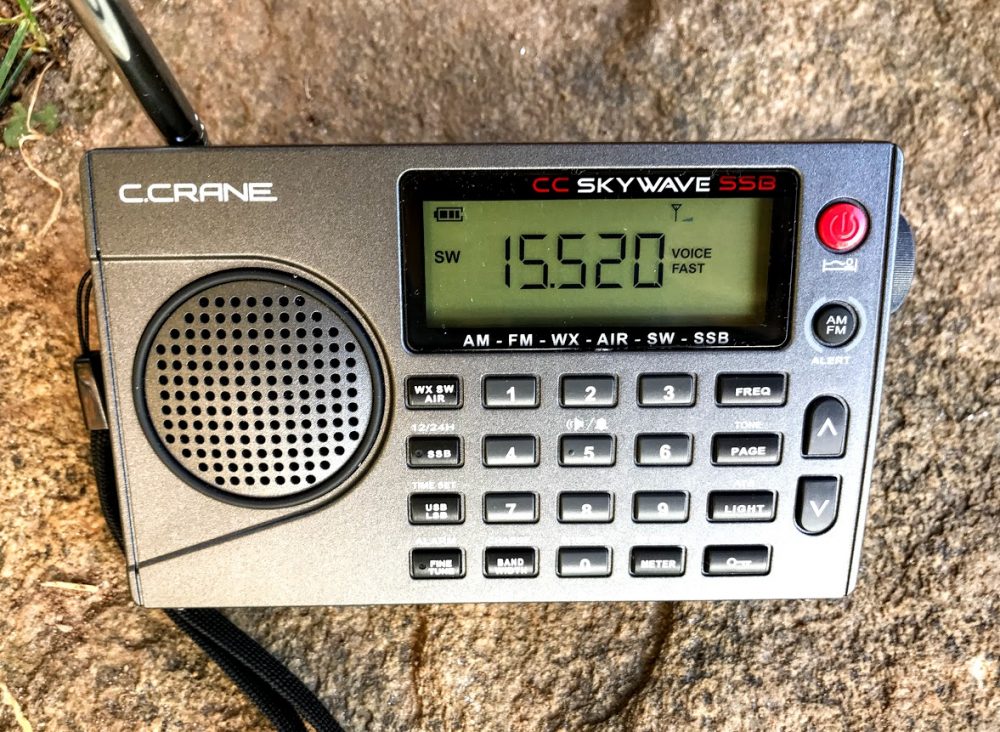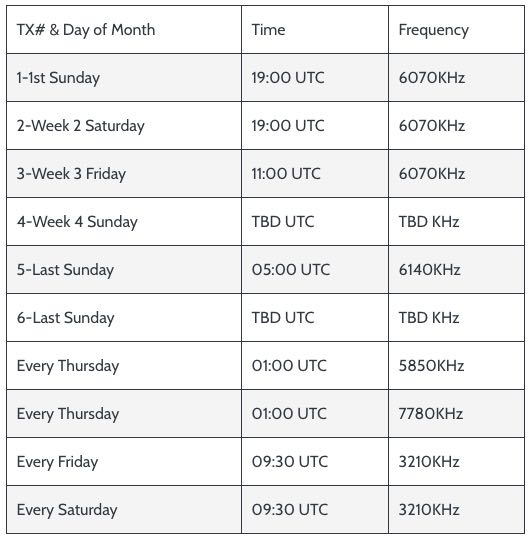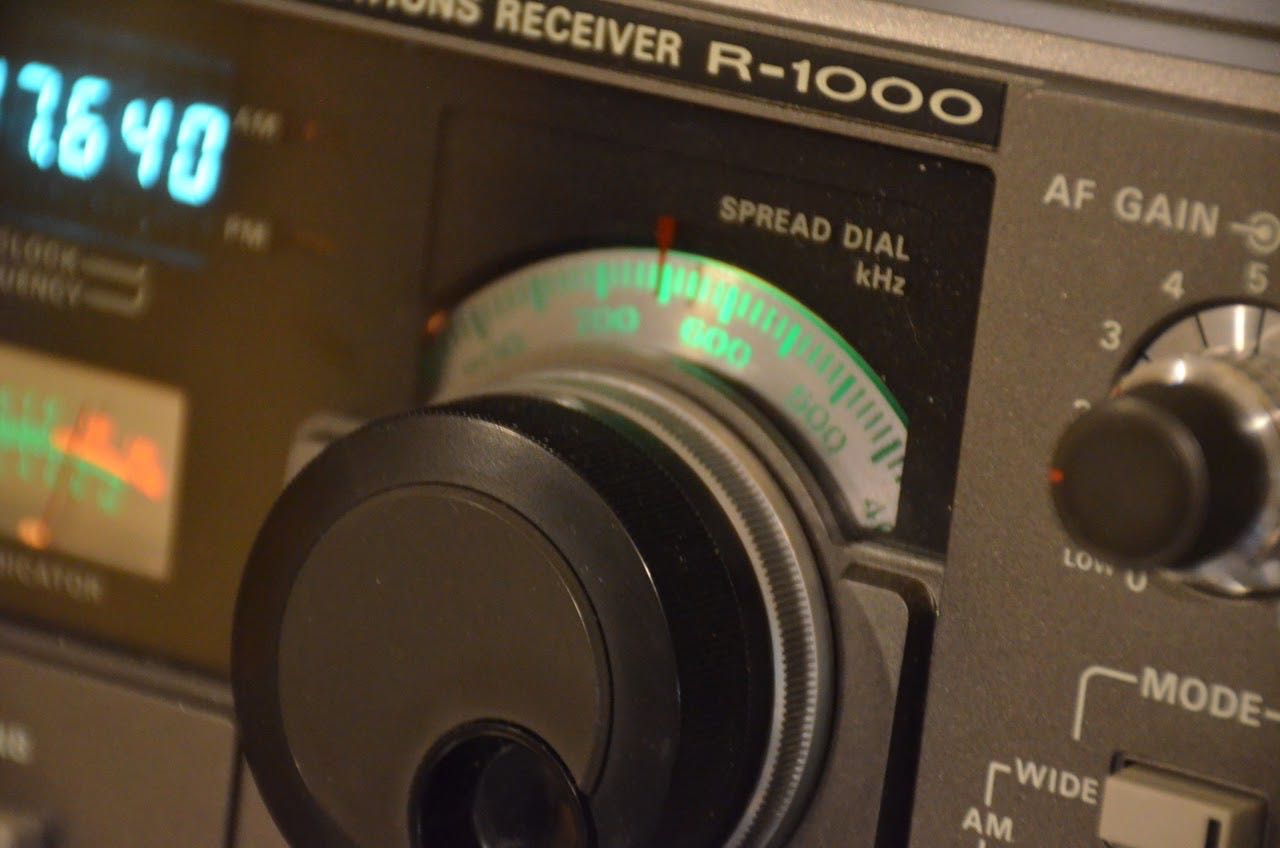
Drawing of the new studio building for Radio Kahuzi
Many thanks to SWLing Post contributor, Dan Robinson, who writes:
SWLing Post readers have no doubt been wondering, along with the rest of us, about the status of Radio Kahuzi, the religious missionary station in Democratic Republic of Congo.
The station has been off the air for months, following a lightning strike in 2020 and various ongoing problems with power supply there in DRC.
Now, a note from Richard McDonald, founder of Radio Kahuzi, who says that they hope to be back on the air soon, though no timeline is provided.
For those who are not familiar with the station, it used a slightly off frequency of 6210.2 kHz in the 48 meter band. This was within the area of European pirate stations, and various broadcasters transmitting to North Korea and Iran, but propagation was usually such that Radio Kahuzi could be heard at European SDR sites in the hour or so before station sign off in the 1800 to 1820 UTC range.
Unclear from the note sent by McDonald is what power the station will be using when it does
finally return to the air. Previously power was in the 500 to 750 watt range. McDonald provided a drawing of what appears to be the new studio building for Radio Kahuzi [see image at top of page].
Hi Daniel and our faithful Dxers !
Thank you for your interest and encouragement for Radio Kahuzi and BESI ! The Lord is GOOD and we are recovering from the malaria and the yearly flu; finding another Normal !
We received the repair parts Monday 1 Feb 2021 DHL from Mike Axmon and Son Set Solutions that we were not able to find locally, to repair our SW Transmitter, after a Lightning Strike that took out four Radio Stations the same day.
We hope the partial repair will now be complete to bring back the functions that thus far were uncontrolled after initially replacing the six transistors, etc. !
At the same time, SNEL is being converted to a Cash Power system at the Studio, and our Antenna will be re positioned Next Door.
A New Prime Minister will be installed soon, as the government is being transitioned, while we are all still in Lock Down with little changes being made backward and forward, locally and world-wide !
We trust you are all well and making progress where ever you are !
Keep Looking UP !
In His Love and Care,
Richard and Kathy McDonald, Directors
BESI / Radio Kahuzi / Bukavu, D R Congo
Many thanks, Dan, for the update!









